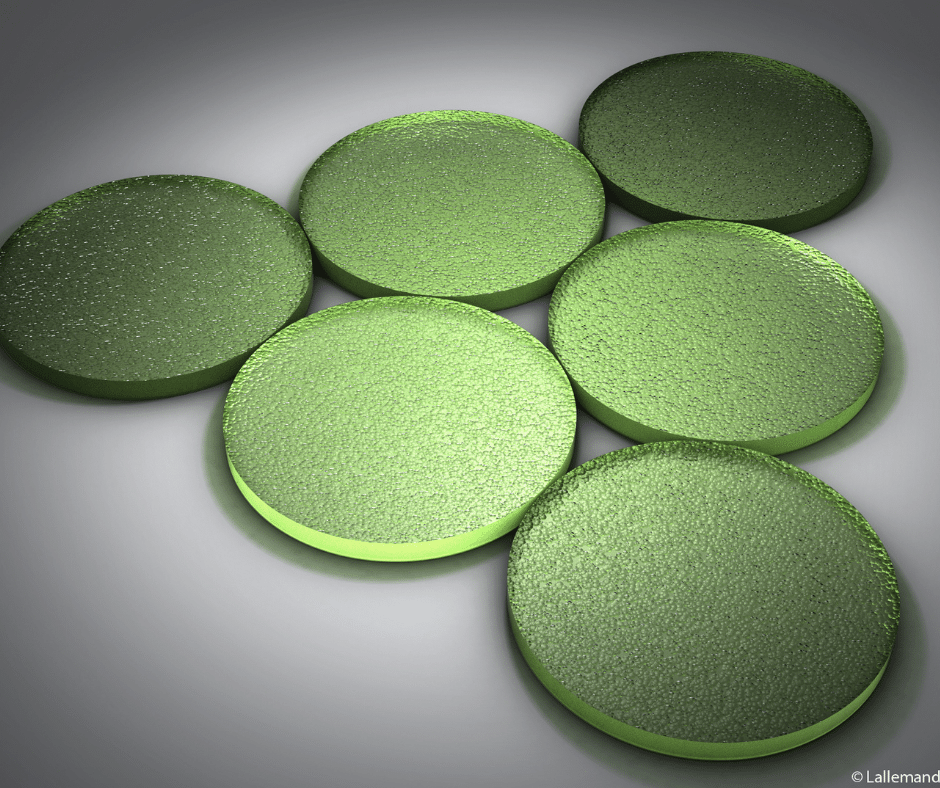Words by Sigrid Gertsen-Schibbye
Enzymes in red winemaking: not just more of everything, but the importance of keeping it stable over time.
Anyone who has looked at a glass of fresh grape juice, or wine, which is extremely cloudy, knows there are many interactions at work in this magical product we love. Sometimes these interactions work with us, but also against us, when a crystal clear and aromatic product is expected by the consumer.
Oenological enzymes such as pectinases, hemicellulases, cellulases, glycosidases and beta-glucanases help overcome some of the problems with the grape compounds we encounter under winemaking. Typically, oenological enzyme preparations include a mix of several synergistic roles to help unfold the best evolution of activities.
The advantages of using enzymes are qualitative, such as more aroma, less turbidity, more colour, polyphenols and polysaccharides. The other advantages can be more quantitative such as better yield in juice, less waste, a more compact lees as well as an easier and more efficient processing.

So… why add enzymes to red grape juice?
How do you get more out of your red grapes and most importantly keep it there? Enzymes are proteins, playing a role of natural biocatalysts in modern oenology for juice clarification or extraction, wine filtration or microbial stabilization.
During maceration, diffusion of intracellular compounds (anthocyanins, tannins, aroma precursors) is limited by the cell wall. Grape skins are usually damaged by destemming, crushing and maceration techniques, but the use of enzymes allows a more efficient extraction of tannins and colour, thus allowing a better color stabilization of wine. The use of enzymes on red grapes will facilitate pressing and benefit the clarification and fining steps. The benefits do not just stop there!
Wine health and nutritional value is mainly associated with the phenolics, which is found in red grapes. The use of enzyme formulations during maceration is a natural way to increase extraction of these specific compounds. Wines elaborated using maceration pectinases are usually more coloured, more concentrated in tannins and have more antioxidant properties. Particularly important in a cool climate environment is that the extraction of these intracellular compounds, phenolic compounds and aromas, were higher than a control after one, and again after 2 years post-treatment (Guerrand and Gervais, 2001). Contact us if you are interested in reading more on this research.
As with any discussion there are a few main parameters for quality, regardless of the enzymes in consideration.
The maturity of the grapes and the contribution of colour and aroma compounds possible when harvested. The mechanical actions (destemming, pumping over …) as well as SO2 additions and their timing, the temperature of the must, the length of maceration and the length and type of ageing being considered (stainless steel or oak).
The choice of enzyme preparation should be done according to the style of wine: LALLEMAND proposes different enzymes for red grape maceration.
EXTRACTION ENZYMES : EX-V
Lallzyme EX-V: Medium to Long Macerating Enzyme for Long Aging Wines 1.5-3 g per 100 kg grapes
Because of its specific action on both cell walls and cell membranes, EX-V increases the extraction of intracellular polyphenolic content from red grapes resulting in wines destined for long aging. The use of EX-V results in structured wines with deep, stable colour due to the extraction of tannins and the stability of the colour allowing for great aging potential.
Making a white wine and need enzyme advice? Check out our part 1 blog- Enzymes in white wine here
Want to find out more about the Lallzyme Enzyme range, click here

